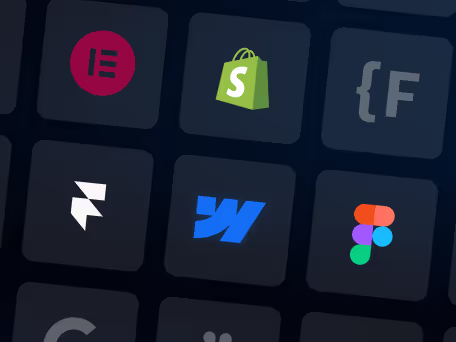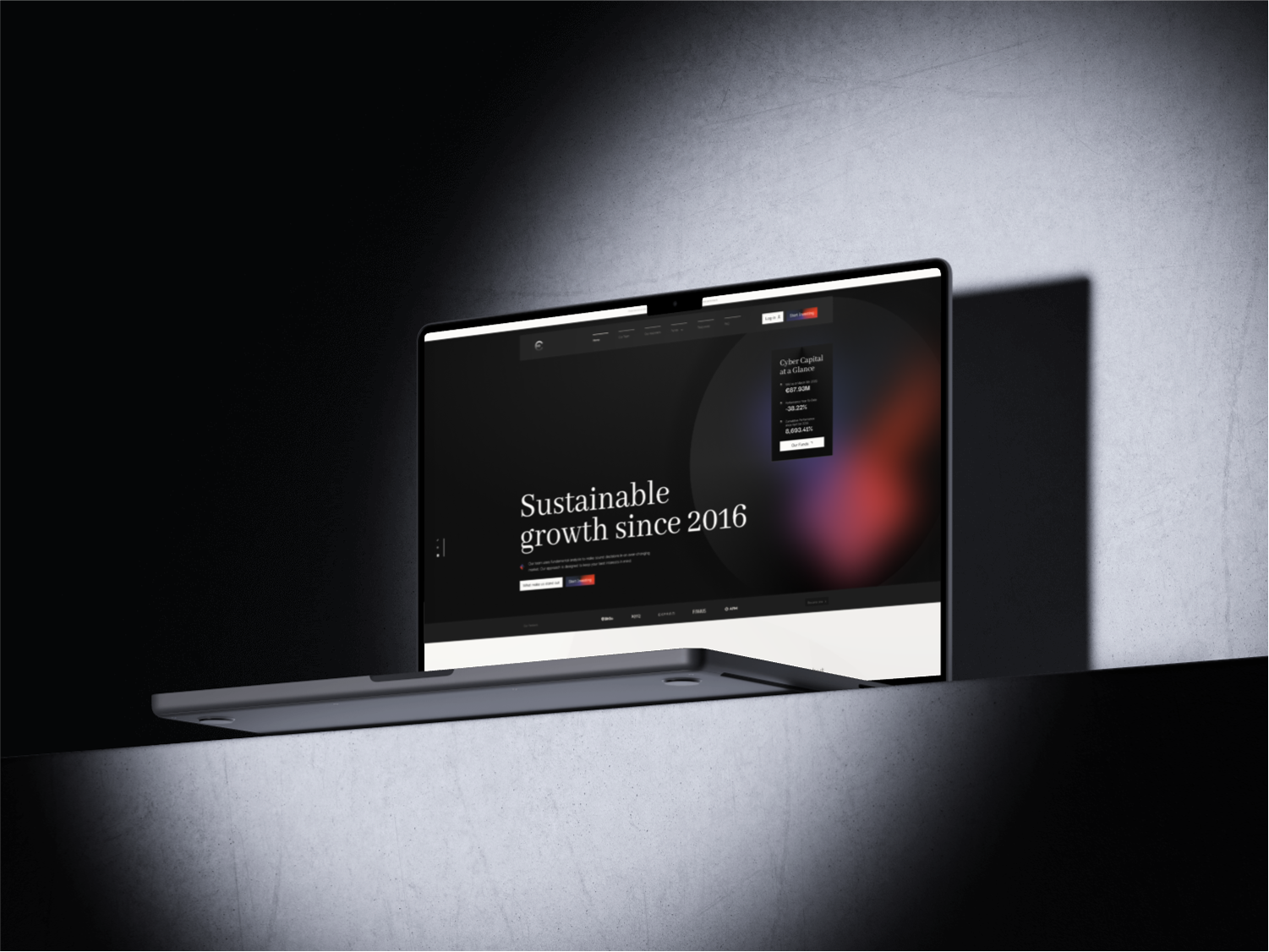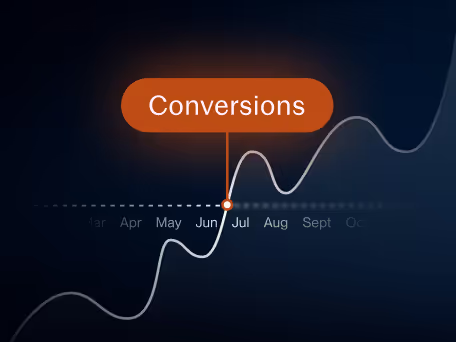8 redenen waarom web development projecten uit elkaar vallen
Every web project starts with urgency and ambition, but too often ends in delays, rework, and frustration. This article breaks down the real causes behind failed timelines: unplanned structure, messy CMS setups, missing style systems, reactive mobile design, and endless feedback loops.
























Every web project begins with urgency. New brand. New launch. New goals. Founders, marketing leads, and in-house product teams want the new site live in four weeks. Sometimes less. The timeline is aggressive. The pitch is approved. The expectations are set.
Then it drags. Timelines gets blurry. Development is paused. QA becomes rework. The launch date gets moved, again and again.
A 2017 survey by the Project Management Institute reported that 35% of all IT projects fail to meet their original goals, and nearly half exceed their planned budgets or timelines. Web development is no exception. These aren’t edge cases. These are patterns.
At Groove, we’ve seen this all too often. So we built a system that fights those failure points, upstream, where they start.
So, here’s what we’ve learned to look out for, and how our process corrects for it.
1. "Just Start Designing" Is a Trap
Webflow is very accessible, yes. You can open the Designer and start building immediately. For many, that’s the magic. But that same freedom becomes a weakness if the foundation isn’t in place.
Jumping into visual design without scoping page types, naming conventions, CMS structure, or user flow logic leads to overly-complicateed layouts, broken classes, and inconsistent logic. We have realized that this is where delay starts: not at the end, but at the beginning.
At Groove, our sprint methodology acts against that. The design sprint is where structure gets solved. We define the CMS. We map every collection. We sketch logic between pages. We plan responsive behavior. And finally we design with all that in mind. Only then do we start developing.
Our build sprint isn’t where decisions happen, it’s where they get executed.
2. The CMS Isn’t Just a Bucket
In Webflow, the CMS is not just a way to store blog posts. It powers dynamic layouts, automation, and content systems.
But many teams treat it like a bucket, dump in some fields, hope it holds. That breaks fast. You get duplicated collections, broken filters, and dead-end pagination. And oftentimes, you find out too late.
Webflow has real constraints: 20 collection lists per page, 100 items per list without pagination, and nesting rules that break when not designed for.
We model the CMS like a database. We write field contracts. We map relationships. On a single site, we might run 30+ collections, each one structured, named, and accounted for. Our goal isn’t just to store content. It’s to build with it. Structuring your CMS collection offers you control. Control grants you freedom in creativity.
3. The Style Guide Isn’t a Nice-to-Have
When style systems are missing, everything slows down. Design that isn’t systemized doesn’t scale. What looked consistent in Figma starts fragmenting in production.
We start every project with a living style system. Typography scale. Color tokens. Spacing rules. Button logic. Interaction patterns. All in webflow, live, reusable, and most importantly, documented.
We use Client-First by Finsweet as our baseline. Then we extend it. Class naming is scoped, semantic, and readable. Developers can drop into a build cold and understand what connects to what. That’s not just for us, it’s for any team that inherits the system down the line. A style guide becomes the one true source of knowledge to understand the build.
4. Responsive Shouldn’t Be Reactive
Too often, mobile and tablet views are treated like post-design clean-up. But in reality, chances are that half your audience will hit your site from a phone.
We treat mobile as a first-class canvas. From day one, we plan mobile behaviour. Why? Because simply shrinking a layout isn’t the same as designing it.
Tap targets, viewport logic, image weight, loading behaviour, these are all decisions. Not afterthoughts.
On top of that, we test Webflow interactions on physical devices. Not just breakpoints in the Designer. That’s how you build responsive that actually responds.
5. Real Copy Comes Before Real Layout
Figma dummy copy works until it doesn’t. We’ve seen whole sections collapse when the website gets populated.
That’s why we started pulling content in early. Even if it's a draft. Even if it’s placeholder logic from a spreadsheet. Because you can’t test hierarchy, scroll flow, or CMS character limits until you’re working with real content.
Our development always includes CMS staging environments long before design is finalized. We import Airtable or Notion databases into Webflow’s CMS just to stress test layouts. If something breaks, we’d rather find out on Day 3, not at handoff.
6. Review Cycles Can’t Be Open-Ended
Delays rarely come from one big failure. They come from waves of unorganized, small feedback loops.
One more tweak. One more opinion. One more approval round. Multiply that by three decision makers, and suddenly a one-week task stretches into three, and your (our) velocity is gone.
We review. We set feedback scopes. We lock components after sign-off. You want to change direction? Fine. But that has a cost. We treat iteration like an investment, not a habit. Because for us, boundaries protect our momentum, and ultimately, your success.
7. Not Every Problem Needs a Plugin
Webflow’s ecosystem is full of third-party solutions. Some are excellent. Some are liabilities. We’ve seen many projects delayed by overengineered stacks: conditional visibility run through custom JS. Sliders that break on Firefox or Safari, you name it.
Before even planning the execution, we ask: can Webflow handle this natively? Can we build this cleanly with interactions, CMS logic, and native controls?
More often than not, the answer is yes.
Webflow is incredibly adaptable and offers many ways to elegantly solve an issue. But why are we so focused on Webflow? Because every plugin is another dependency, and every dependency is another risk.
8. Launch Isn’t the Finish Line
The final delay? Post-launch panic: Redirects missing. SEO settings half-set. CMS items forgotten. Forms untested. Clients unsure how to edit anything.
We never launch without:
- Full CMS training and commutation handover.
- Editable components built with clients in mind
- SEO audits and Open Graph tags checked
- Uptime and form tracking activated
We work with a client-first approach. That means training teams, and leaving them with a system they can actually use, not one they’re afraid to touch. That’s what client-first really means: giving them not just a site, but the tools and confidence to own it.
Our Takeaway
We don’t have magical powers. We have a method.
Our sprint model builds resistance to delay into the process. We solve structure before design. We solve design before dev. We solve content before handoff. We don’t guess. We build with clarity.
When projects stall, it’s usually not because people failed. It’s because the system let them. We’ve seen the difference. That’s why we built our own.
But all of this only works when our clients show up for it. The best process in the world doesn’t save a project with slow approvals, unclear direction, or disconnected communication. We work best with teams that are invested in their own success: responsive, decisive, collaborative. When that’s in place, the system works. When it’s not, even great ideas stall.
The web moves fast. With the right process, you can too. If you’re done with delays, scope creep, or relaunching the same site twice, let’s talk. We’ve built a system that works. And we’re ready to build it around your goals.
Klaar om de digitale ervaring van je merk naar een hoger niveau te tillen?

Read through more articles and other content items
Hoe kunnen we je vandaag helpen?


Enkele geselecteerde projecten met Groove







